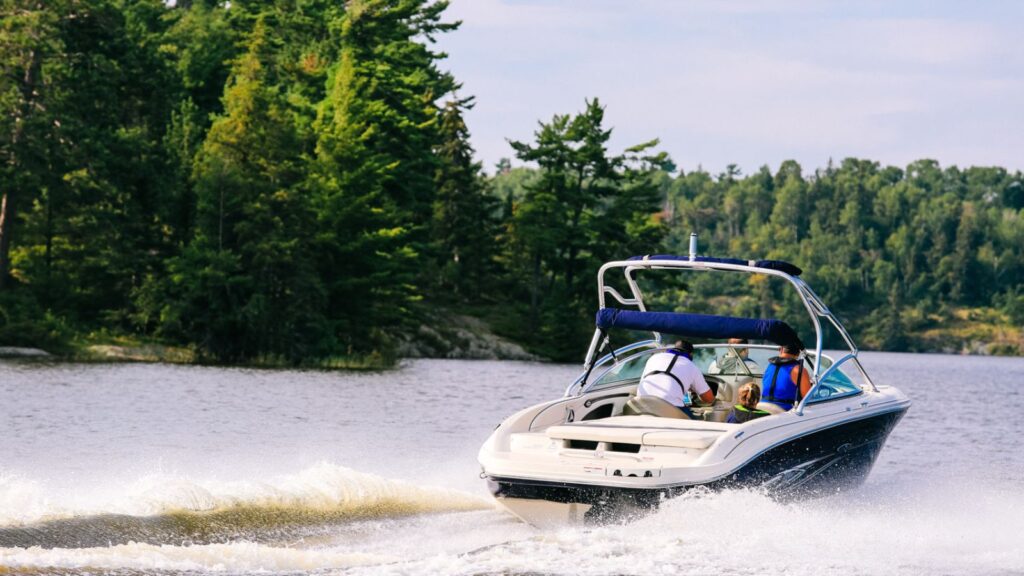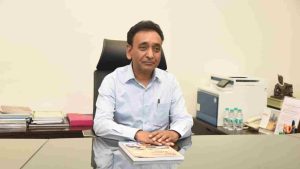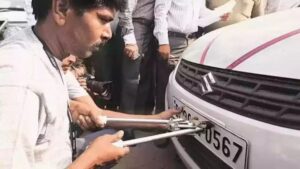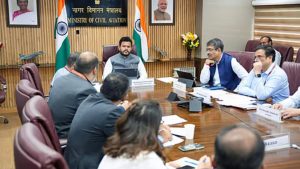Maharashtra to Develop Water Tourism Around 100 Dams Across Western Maharashtra

The Maharashtra Water Resources Department has announced a major plan to promote water tourism around 100 dams in Western Maharashtra, including key reservoirs in Pune, Satara, Sangli, Kolhapur, and Solapur. The initiative, guided by Chief Minister Devendra Fadnavis, aims to turn the state’s scenic dam areas into eco-friendly tourism hubs through boating, water sports, and adventure activities.
Tourism Plans Across Major Dams
In Pune district, Khadakwasla, Pavana, Mulshi, Bhama Askhed, Andhra, and Kasarsai dams are being considered for water-based tourism. Other sites include Ujani in Solapur, Radhanagari in Kolhapur, Koyna in Satara, and Warna in Sangli. Each of these reservoirs is surrounded by lush hills and natural beauty, making them ideal for tourism development.
PPP and BOT Model for Development
The department will invite tenders and partner with private investors under the Public-Private Partnership (PPP) and Build-Operate-Transfer (BOT) models. The goal is to create boating zones, water adventure parks, ropeways, camping and caravan sites, as well as resorts and restaurants near the dam areas.
Tourism Consultants to Assess Feasibility
Tourism consultants have been appointed to study which dam locations hold the most potential for activities like boating and eco-resorts. Based on their findings, detailed plans will be drawn up to attract private investments and ensure sustainable growth.
Boost to Rural Economy and Employment
Officials said that many government-owned rest houses and inspection bungalows near these dams are currently underused or in poor condition. Developing these properties through PPP or BOT models will help create jobs, boost local tourism, and provide new revenue sources for the Water Resources Department.
The Maharashtra Krishna Valley Development Corporation (MKVDC) will lead the project across all five districts. This plan not only aims to promote eco-friendly tourism but also seeks to enhance rural livelihoods and preserve the state’s natural assets.







